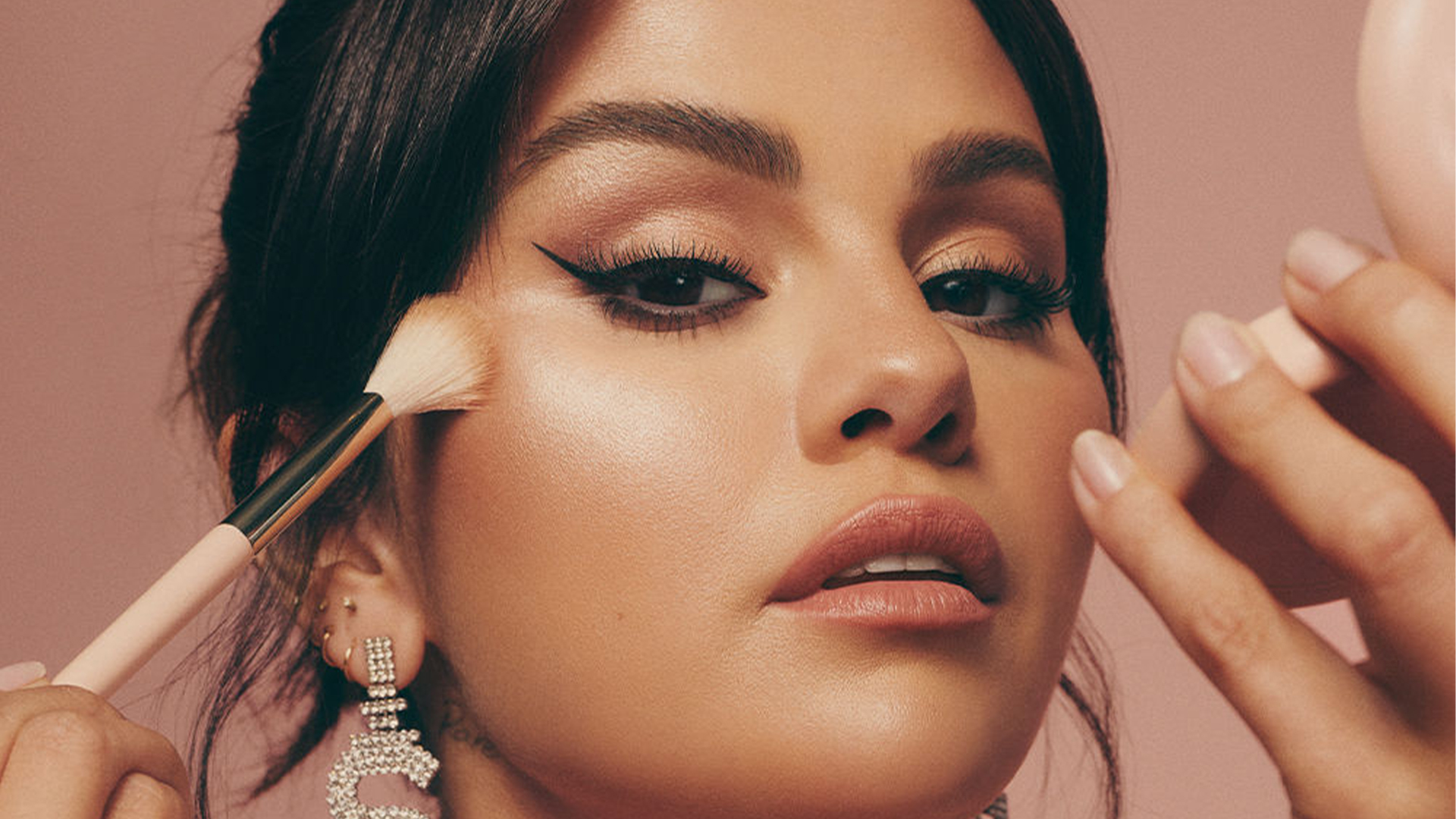
Beauty is a concept that has fascinated humanity for centuries, transcending cultures, time periods, and personal preferences. From ancient greek sculptures to modern fashion runways, the human perception of beauty has been a mix of physical attributes and more abstract qualities. However, what truly defines beauty is a question that has puzzled philosophers, artists, 醫學美容 scientists alike. It is more than just an external appearance; beauty is an experience, a feeling, and often, an interaction with the world around us. It has evolved to signify something deeper, encompassing aspects of harmony, emotional resonance, and even morality.
Physical beauty, while often the most immediately recognized, is just one aspect of the broader concept. Historically, societies have placed a high value on symmetrical facial features, clear skin, and a certain body structure. These traits have often been associated with health and fertility, especially in evolutionary terms. However, over time, ideals of beauty have shifted. What one era considered beautiful might be entirely different from another’s standards. For example, during the Renaissance, fuller figures were celebrated as signs of wealth and fertility, while today’s standards often lean toward slimmer physiques. Despite this fluidity, the external aspect of beauty still dominates many industries, from fashion to cosmetics.
Yet, beauty is not confined to the physical realm. Inner beauty, often described as a person’s character, kindness, and charisma, is just as important. This form of beauty can often outshine physical traits, as it influences how a person is perceived in a more profound and lasting way. While external beauty might captivate at first glance, inner beauty is what forms deep connections, fosters trust, and builds lasting relationships. People are drawn to those who exude positivity, confidence, and compassion, attributes that create a different kind of allure beyond physical appearance.
Moreover, beauty is heavily influenced by culture and social context. What one society deems attractive can be vastly different from another’s perspective. In some African and Asian cultures, for instance, dark skin and fuller lips are considered beautiful, while in many Western cultures, fair skin and sharp features have historically been prized. These cultural standards are often shaped by media, advertising, and historical narratives, all of which create a framework for what is seen as beautiful. However, the globalized nature of the world today has allowed for a cross-pollination of beauty standards, where diversity is increasingly celebrated.
Nature itself is a testament to beauty’s versatility and profound effect on human emotion. From the grandeur of a sunset to the intricate patterns on a butterfly’s wings, natural beauty has a way of captivating our senses and evoking a sense of awe. The connection between humans and nature is deeply rooted in our psyche, with many people finding peace, inspiration, and even healing in natural environments. The aesthetic pleasure derived from nature speaks to beauty’s power to move us, making it clear that beauty is not just a human construct but a universal experience.
Interestingly, scientific studies have shown that our perception of beauty is hardwired into the brain. The field of neuroaesthetics explores how beauty activates certain areas of the brain, particularly those associated with pleasure and reward. This explains why beautiful things, whether they are faces, art, or landscapes, can make us feel good. The brain’s response to beauty is often linked to patterns, symmetry, and balance, suggesting that humans have a natural affinity for order and harmony. This biological aspect of beauty ties into evolutionary theories, where being drawn to beauty might have helped early humans make decisions related to survival and reproduction.
Beauty in art has also played a significant role in human expression. From ancient cave paintings to modern digital creations, artists have sought to capture the essence of beauty in various forms. Art allows for the exploration of beauty in abstract ways, challenging the conventional definitions and expanding our understanding of what can be considered beautiful. Whether through the use of color, form, or subject matter, art serves as a reflection of the cultural and personal interpretations of beauty. It invites the viewer to engage in a deeper conversation about aesthetics and emotional resonance.
In the digital age, beauty has taken on new dimensions. With the rise of social media, beauty standards have become more accessible yet also more scrutinized. Platforms like Instagram and TikTok have given rise to influencers who shape the public’s perception of beauty, often promoting unattainable standards through filters and editing. While this has created new opportunities for self-expression and creativity, it has also led to concerns about the impact on self-esteem, especially among younger audiences. The digital world’s portrayal of beauty can sometimes feel overwhelming, leaving many questioning the authenticity of what is deemed beautiful.
Despite these challenges, the modern beauty industry has made strides toward inclusivity. Brands are now catering to a wider range of skin tones, body types, and gender expressions, breaking away from the narrow definitions of beauty that once dominated the market. This shift reflects a broader cultural movement that recognizes the importance of representation and diversity. Consumers are demanding more authenticity, pushing companies to celebrate real, unfiltered beauty. This movement not only changes the way we consume beauty products but also the way we understand and define beauty on a societal level.
In conclusion, beauty is a multifaceted concept that transcends physical appearance. It is a blend of outer and inner qualities, shaped by culture, nature, and personal experiences. While society’s standards of beauty may evolve over time, the core of what makes something or someone beautiful remains rooted in harmony, emotional connection, and personal resonance. True beauty is an experience that goes beyond what the eye can see, touching the heart and mind in profound ways. Ultimately, beauty is as much about how we see the world as it is about what we see in it.
Leave a Reply